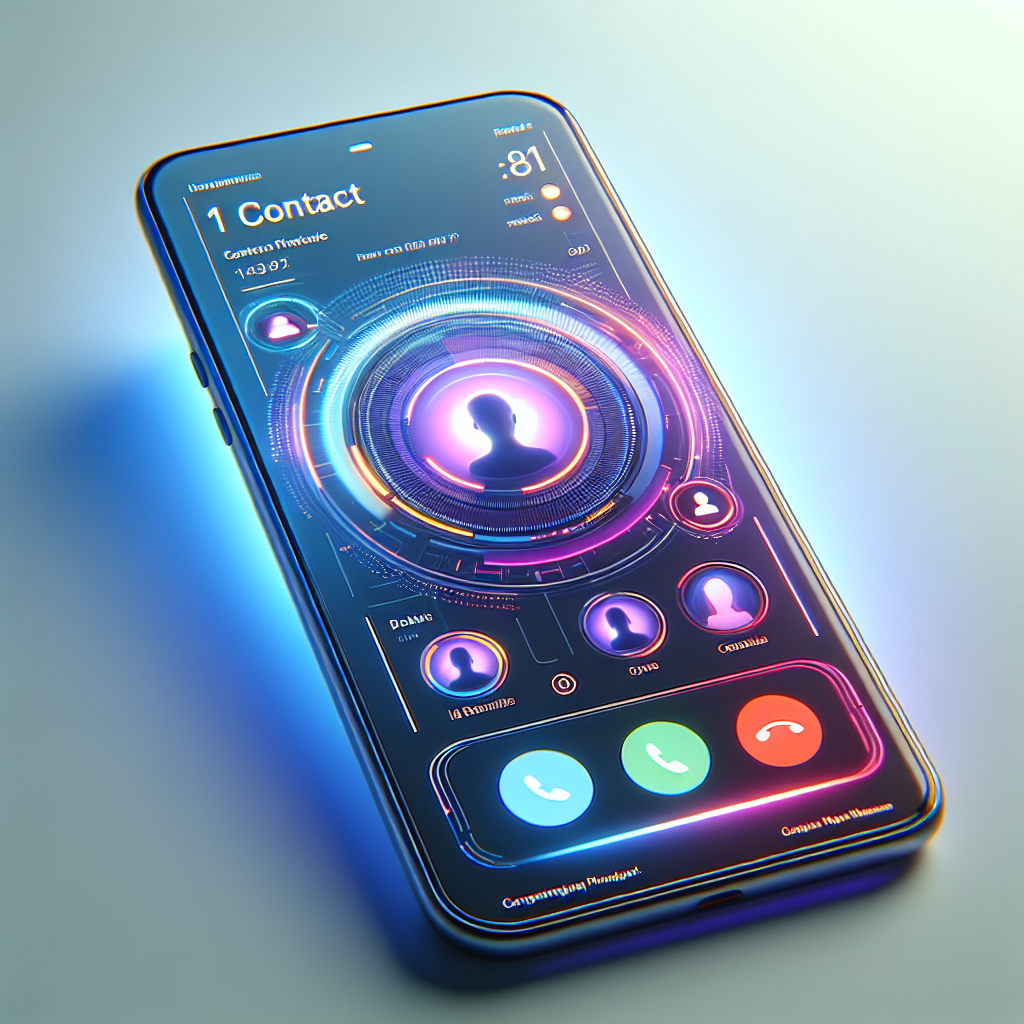Google has announced a major enhancement to its Phone app with the introduction of a feature called “Calling Cards,” which provides users with the ability to customize how incoming calls are visually represented on their devices. Until now, most users were accustomed to seeing relatively small and often indistinct contact photos during calls, but this change replaces those miniature thumbnails with striking, full-screen visuals accompanied by stylized text for names. In essence, Calling Cards dramatically alter the aesthetic of incoming calls, giving each one a more expressive and personalized appearance. This update bears a strong resemblance to Apple’s “Contact Poster” feature, which was launched for iPhone users in 2023, and demonstrates Google’s intention to offer Android users comparable levels of personalization and creative control over their communication experiences.
The introduction of Calling Cards is closely tied to Android’s broader Material 3 Expressive design language overhaul—a sweeping interface redesign intended to make applications feel fresher, more dynamic, and conducive to individual expression. In fact, earlier in June Google had already conducted trials of a reimagined Phone app interface, and Calling Cards can be seen as a continuation of that experimental evolution. Initially, traces of the feature were discovered in beta versions of both the Google Phone and Contacts apps at the beginning of the month, signaling that testing had reached a relatively advanced stage. Now, with the rollout of version v188 of the Phone app, Google is making the functionality publicly available. The company has stated that Calling Cards are being introduced on a global scale; however, distribution is occurring gradually in phased waves. As a result, not all users will see them immediately, and some may have to wait before the option arrives on their devices.
Once the feature becomes active, users will be greeted with a notification banner located on the Home tab of the Phone app. The banner clearly announces: “Introducing Calling Card: Customize how you see your contact when they call you.” By tapping the message, users are directed straight to the dedicated Calling Card interface, although it can also be accessed through the Contacts app if one prefers manual navigation. Within this creative space, individuals can fashion unique visual identities for each contact. They are free to choose images captured directly with the device’s camera, select pictures stored in the gallery, or opt for photos from their Google Photos library. Beyond imagery, they can also personalize the typography and color scheme used to display the contact’s name, effectively giving them multiple layers of customization to craft a call screen that aligns with their preferences and personality.
It is important to note a fundamental distinction between Google’s approach and Apple’s Contact Poster system. On iPhones, users design a poster for themselves that is transmitted and displayed on other people’s devices when they place a call. By contrast, Google has chosen to make Calling Cards a device-specific customization. This means that the visual design you create for a friend or family member will only appear on your own phone, and it will not automatically synchronize to appear on their devices or on others. Consequently, users must configure Calling Cards individually for every contact if they wish to enjoy a fully customized calling experience across their entire contact list. The limitation also ensures that while you are free to experiment and add creative flair, your contacts cannot alter or override the designs you assign to them, leaving you with full control over how each call is displayed on your device. In this regard, the feature strikes a playful balance—it is personal for you without encroaching upon how others choose to present themselves.
Alongside the debut of Calling Cards, Google is also delivering another practical and forward-looking enhancement to the Phone app: a “Take a Message” function. This feature addresses a long-standing challenge of missed calls and voicemails by automatically answering on the user’s behalf when they are unavailable. Rather than simply sending callers to a standard voicemail, the system provides the ability to set up a custom greeting—either recorded personally by the user for a tailored touch or selected from a set of thoughtfully designed preset options. Once the message is established, callers can leave a voicemail that is instantly transcribed into text, while the original voice recording is also preserved. Both transcripts and audio entries are easily accessible within the Phone app’s Recents tab, allowing for quick review. In line with Google’s ongoing emphasis on privacy, the company emphasizes that all voicemail content, including transcripts, is stored securely and privately on the user’s device. Regarding availability, this helpful tool has been confirmed to work with Pixel smartphones starting from the Pixel 4 generation onward, and with the Pixel Watch 2 when paired with at least a Pixel 6 or newer phone model.
Together, the rollout of Calling Cards and the Take a Message function represents a significant advancement in both the personalization and practical functionality of Google’s Phone app. Users not only gain the ability to transform incoming calls into visually striking, highly individualized experiences, but they also benefit from enhanced voicemail management designed to integrate seamlessly with modern communication habits. These updates demonstrate Google’s ongoing commitment to ensuring that routine actions such as answering calls or retrieving messages feel not only more intuitive but also more expressive, private, and enjoyable for its global audience.
Sourse: https://www.theverge.com/news/767895/android-google-phone-app-calling-card-rollou



